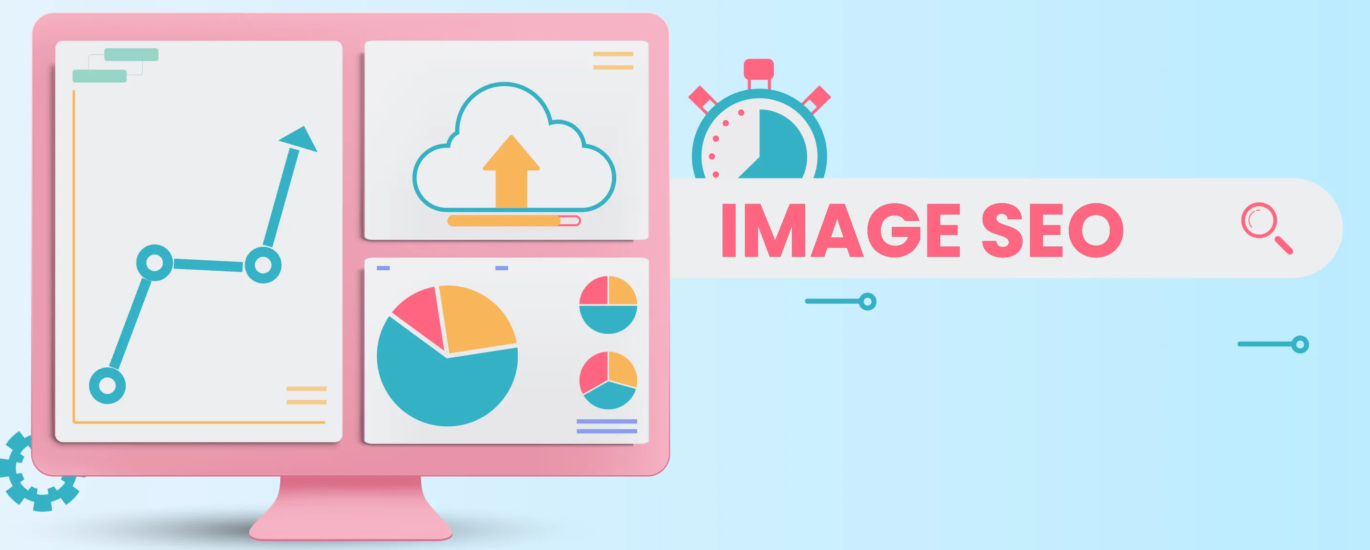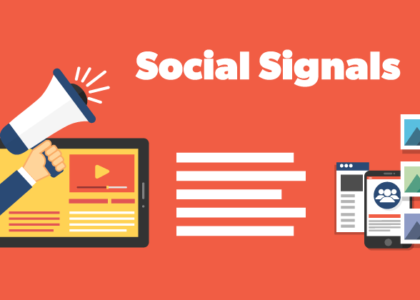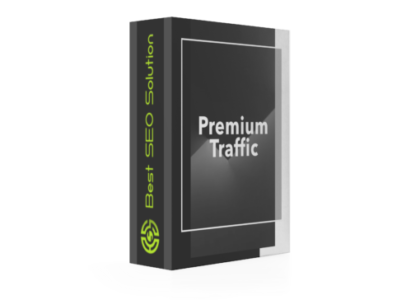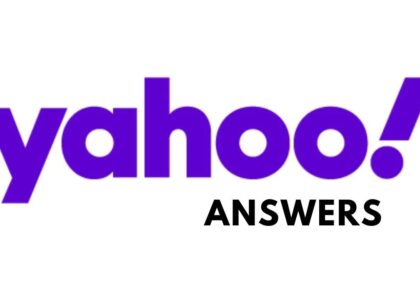When optimizing your images for search engines, several key factors must be remembered. One of the most critical aspects of image SEO is choosing the correct file format. JPEGs are great for photographs, while PNGs are better suited for graphics with transparent backgrounds. It’s also essential to pay attention to image size and compression – large files can slow down your website and affect user experience.
Attention to their size and format is essential to ensure your images are optimized for search engines. Larger file sizes can slow down the loading time of your website, which can negatively impact your SEO rankings. Compressing pictures or using a more efficient image format like WebP can improve site speed without compromising image quality. Additionally, optimizing the file name by including relevant keywords can further enhance the discoverability of your images in search results. Implementing these simple strategies into your image SEO will improve your website’s visibility and create a better user experience for all visitors.
Not only does proper image placement contribute to better SEO, but it also significantly impacts website usability. When images are placed near relevant text, it helps users understand and absorb the information more efficiently. In today’s fast-paced digital world, where attention spans are shorter than ever, providing visually appealing content can make all the difference in keeping visitors engaged on your site. Optimized images can also improve page load time, which is crucial for retaining impatient users who will quickly leave a slow-loading website. By optimizing and strategically placing your pictures within your website design, you can create a more user-friendly and search engine-friendly experience for your audience.






